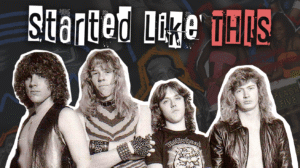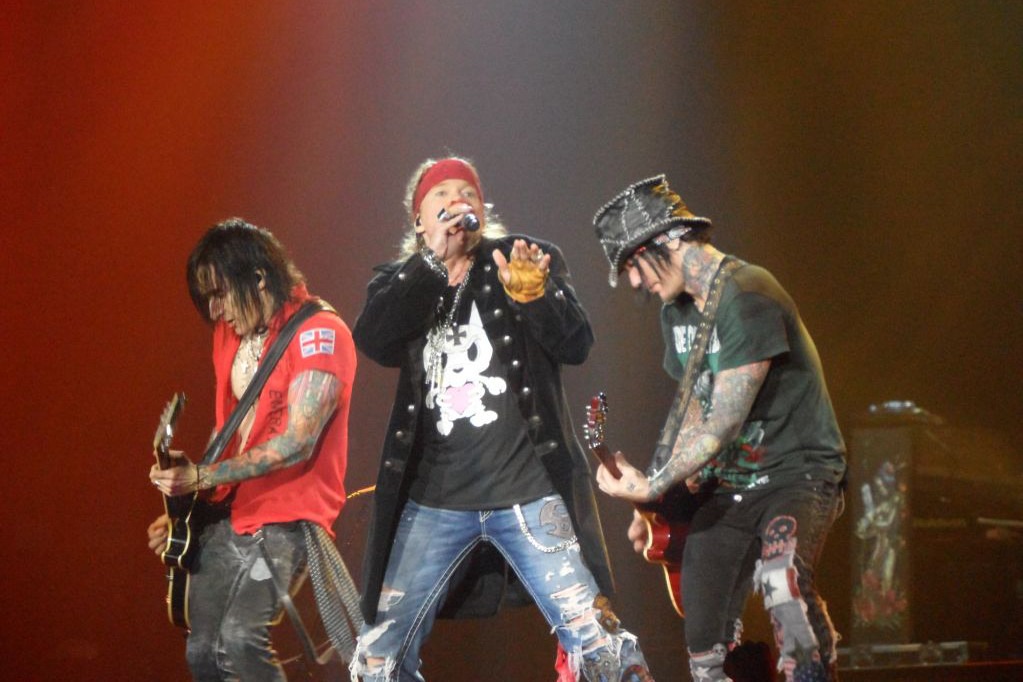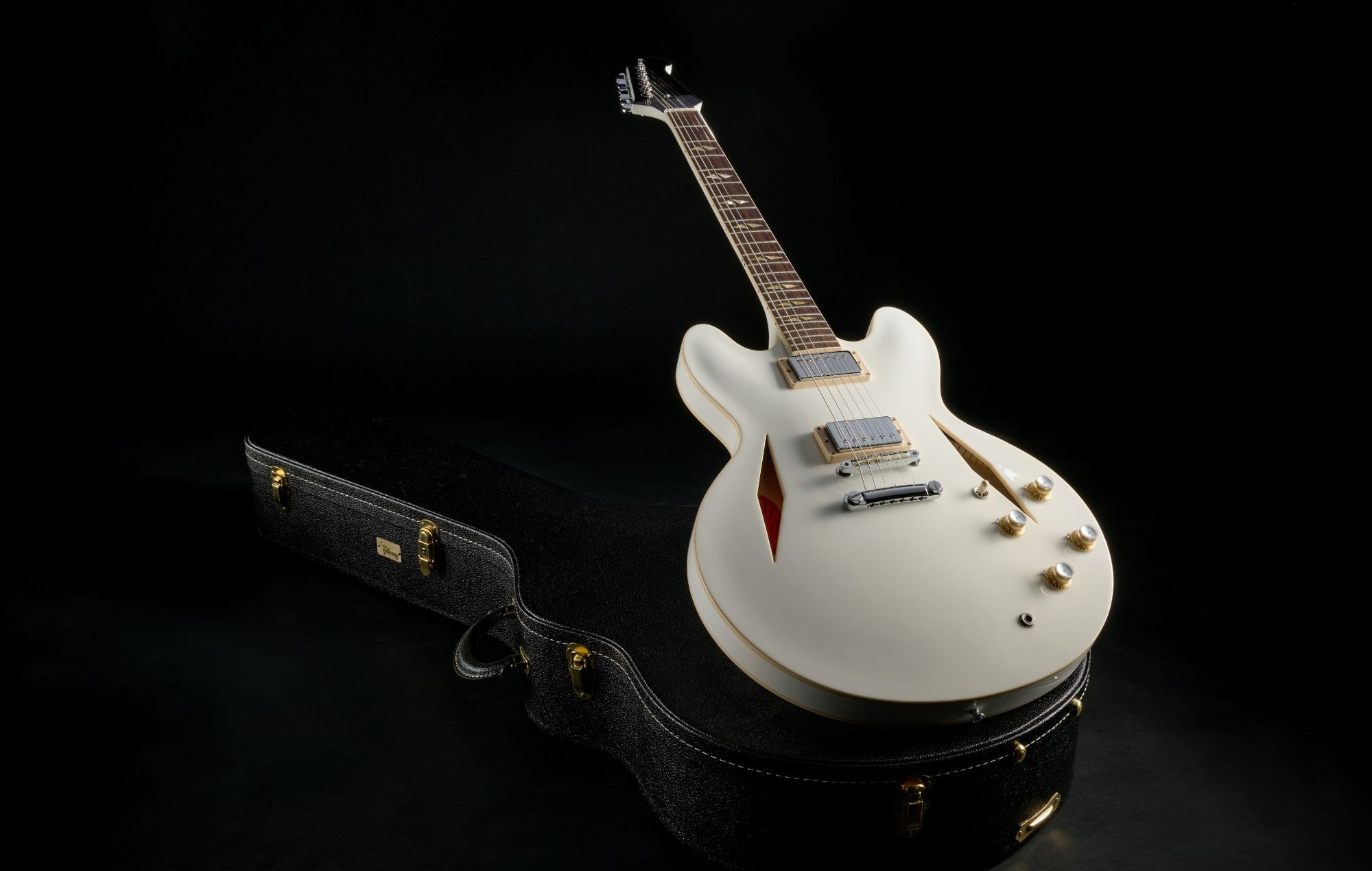
The 1970s became rock music’s laboratory, where experimentation meant survival for countless bands who crafted sounds that would echo through generations. While Led Zeppelin and Black Sabbath secured their places in the pantheon, innovative artists built sonic foundations without receiving their rightful recognition.
These bands served as architects whose blueprints created the mansions where future rock stars would live. Musical genetics connect your favorite contemporary bands to forgotten pioneers who dared to push boundaries when the genre was still finding its identity.
15. UFO: The Bridge Between Hard Rock and Metal
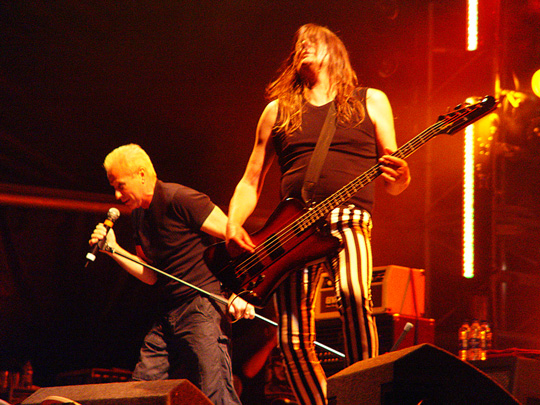
When hard rock needed evolution toward metal territories, UFO provided the missing blueprint. Emerging from London’s underground in 1968, they found their true voice when German guitar prodigy Michael Schenker joined in 1973, creating the melodic yet aggressive guitar template that would define arena rock and early metal.
Schenker’s work on “Doctor Doctor” and “Rock Bottom” created a template that significantly influenced hard rock’s evolution. “Strangers in the Night” remains the live album that guitarists study like sacred text. UFO’s influence operates like invisible ink in rock history—apply the right light and their fingerprints appear everywhere from Def Leppard’s melodic sensibilities to Metallica’s early compositions.
14. Little Feat: Genre-Defying Geniuses
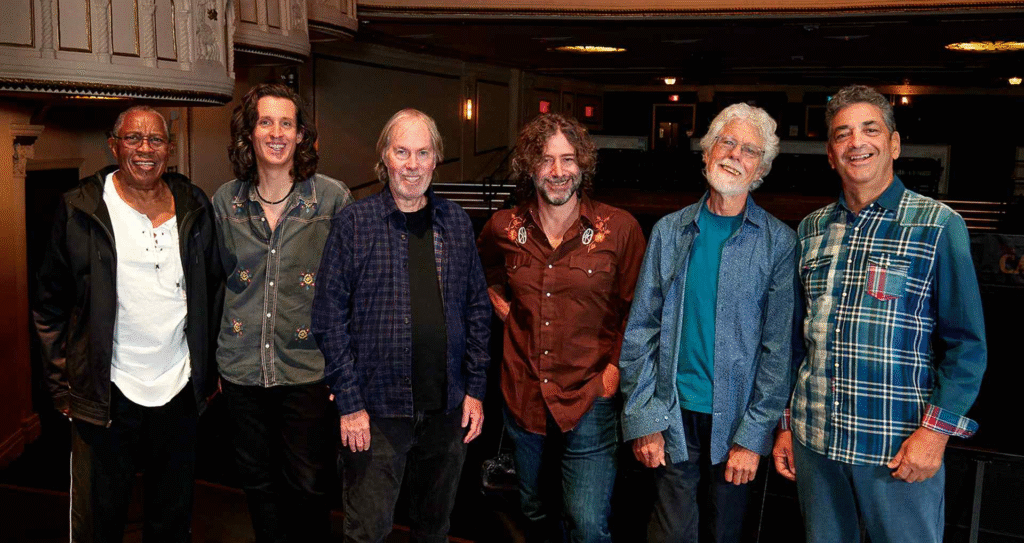
Genre boundaries became mere suggestions when Little Feat formed in 1969. Lowell George and Bill Payne approached music like master chefs, treating classifications as guidelines while blending blues, jazz, funk, country and rock into compositions that felt both familiar and revolutionary.
Albums like “Sailin’ Shoes” and “Dixie Chicken” featured compositions like “Willin’” that demonstrated their unique ability to make complex musical ideas feel effortless. George’s slide guitar work complemented Payne’s keyboard virtuosity to create accessible yet intricate soundscapes. Their approach to music as a living form continues inspiring musicians seeking authenticity without sacrificing innovation or falling into nostalgic pastiche.
The persistent influence of these trailblazers highlights just how many massively underrated bands from the ’70s to the ’90s have quietly shaped the sound of modern rock.
13. April Wine: Canadian Rock Perfectionists

Craftsman-like precision shaped Canadian rock when April Wine formed in 1969. Led by Myles Goodwyn’s vision, they created music that balanced commercial appeal with genuine rock credibility, proving that accessible music didn’t require compromise or formulaic approaches to achieve lasting impact.
April Wine’s second album “On Record” established them as forces to be reckoned with, producing radio staples like “You Could Have Been a Lady.” Their ability to toggle between arena-ready anthems like “I Like to Rock” and more nuanced material earned them gold and platinum status. Their 2010 Canadian Music Hall of Fame induction recognized what fans knew for decades—April Wine helped define what Canadian rock could be internationally.
12. The Runaways: Rock’s Feminist Vanguards
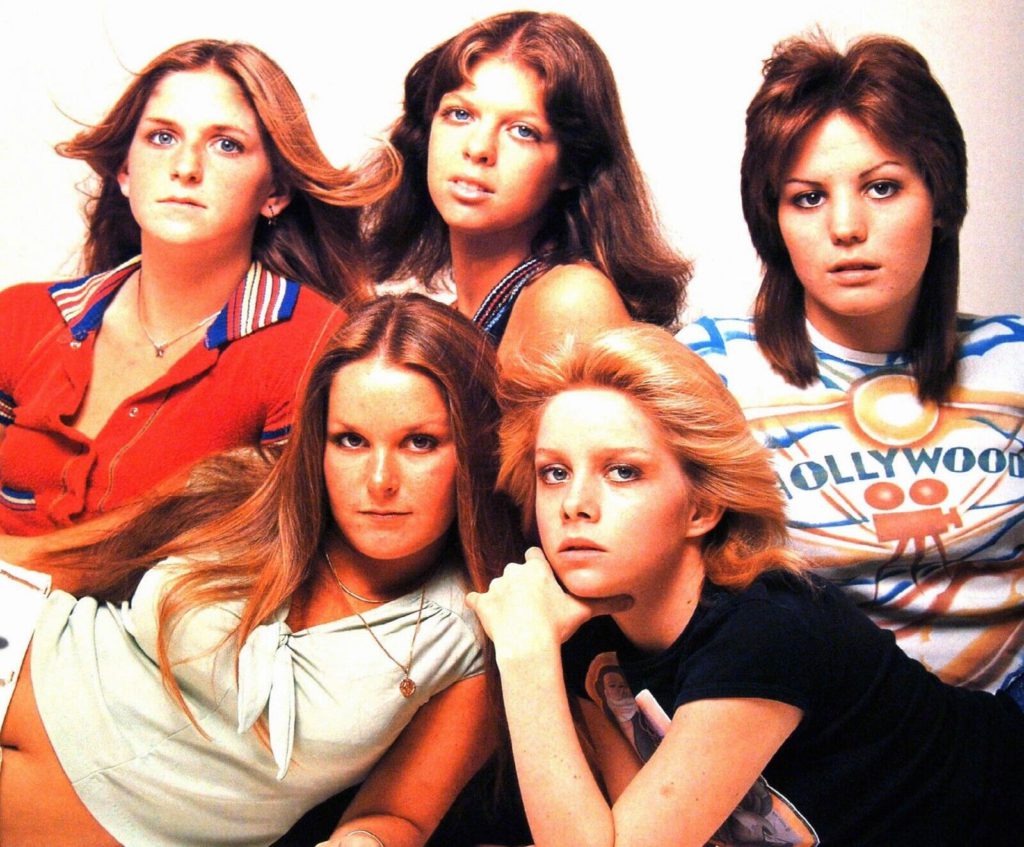
Gender barriers needed detonation, and The Runaways provided the explosives when they formed in 1975. Joan Jett, Cherie Currie, Lita Ford, Sandy West and Jackie Fox proved that authentic rage and technical skill transcended gender categories, using rock as their vehicle for expression and rebellion.
Their anthem “Cherry Bomb” captured adolescent defiance with authenticity that made many male counterparts seem performative by comparison. Their 1977 Japan tour, documented on “Live in Japan,” showcased a band playing with ferocious intensity rather than relying on novelty value. They played rock with conviction that transcended gender entirely, creating a template for generations of female musicians who would no longer need qualification—just talent and determination.
11. The Sweet: Glam Rock’s Heaviest Hitters
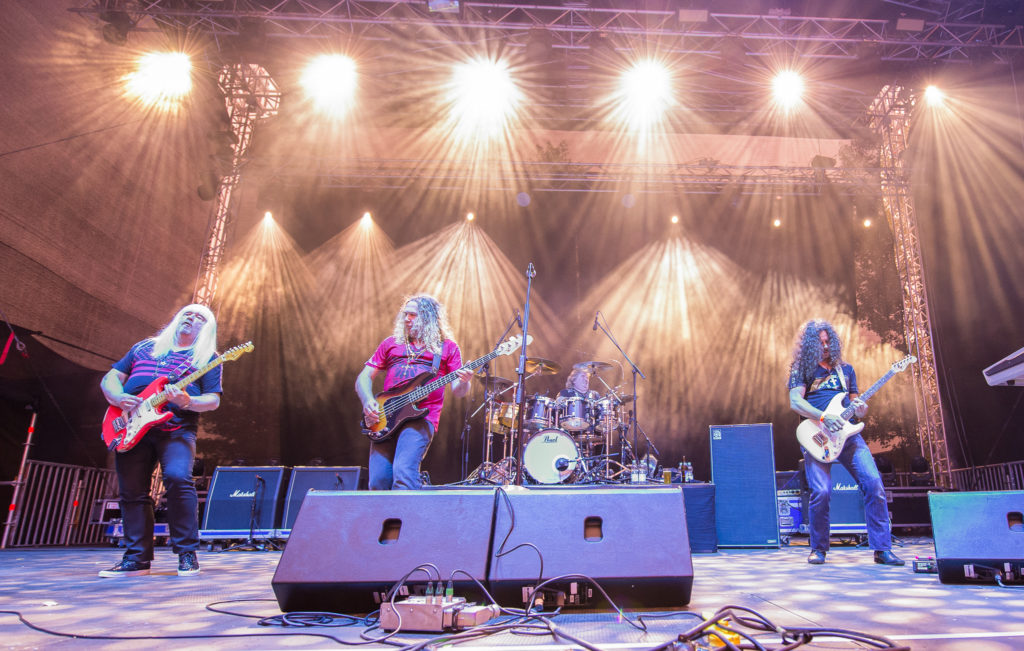
Theatrical without sacrificing integrity became The Sweet’s superpower in British glam rock. They created underrated hits that functioned like the perfect roller coaster—thrilling and dangerous-feeling, yet engineered with surprising precision, combining bubblegum accessibility with genuine hard rock credentials.
Tracks like “Ballroom Blitz” and “Fox on the Run” showcase their ability to craft hooks that sink deep while delivering instrumental performances that serious musicians respect. Their theatrical presentation influenced countless rock acts, while their approach—combining pop structures with hard rock execution—became a template for harder-edged pop-rock. They bridge the gap between guilty pleasure and genuine artistry.
10. Nazareth: Scotland’s Hard Rock Ambassadors

Endurance beats flash every time, and Nazareth proved this across five decades. Formed in 1968, they performed the musical equivalent of a marathon while other bands ran sprints, fusing Celtic grit with blues foundations to create something uniquely resilient that could evolve without losing its essential character.
While “Love Hurts” might be their most recognized track, songs like “Hair of the Dog” showcase their true innovation. Their global appeal stemmed from refusing to follow trends while consistently delivering albums that balanced commercial accessibility with artistic integrity. Their endurance in an industry that typically discards artists proves that substance beats style in the long run.
9. Badfinger: Tragic Talents
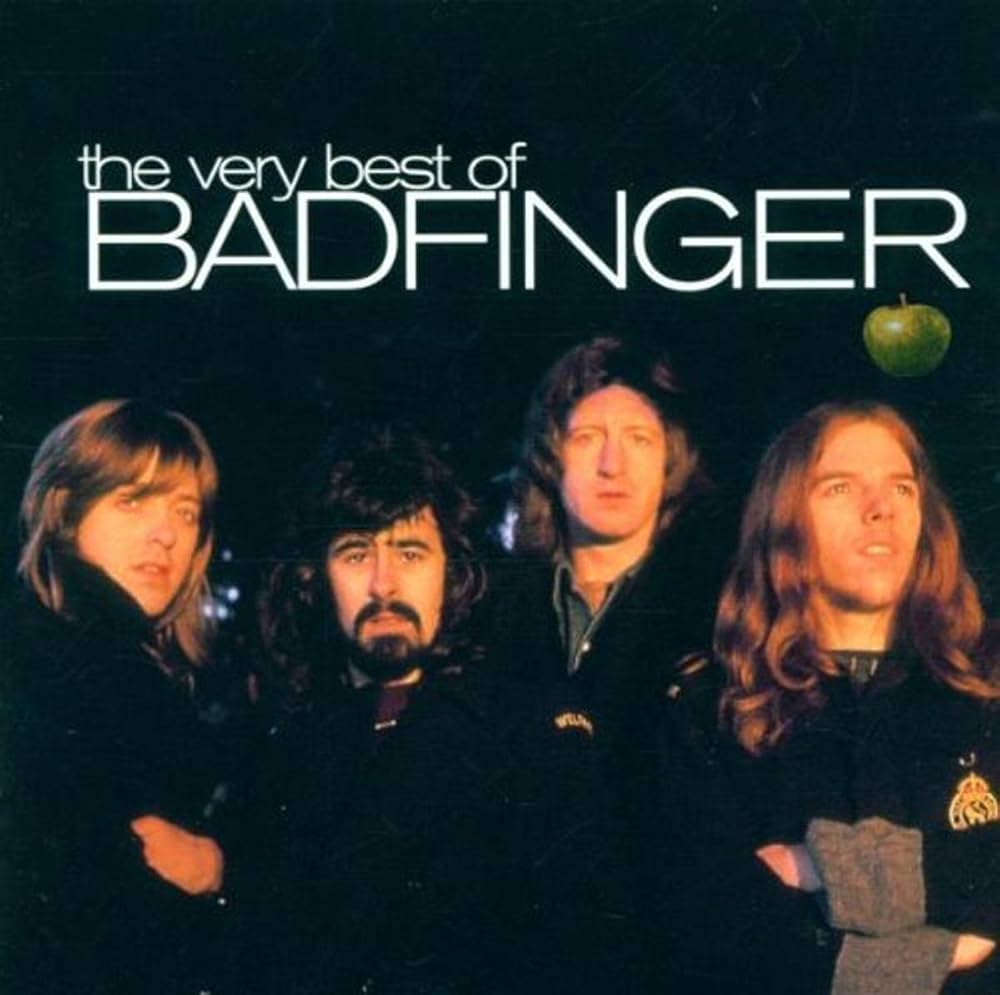
Impossible expectations crushed talent when Badfinger became the first band signed to the Beatles’ Apple label. They crafted pop-rock perfection with harmonies that could make the Beach Boys envious, delivering music of remarkable quality that showcased their songwriting talents beyond their famous associations.
Their McCartney-penned “Come and Get It” brought initial success, but original compositions like “No Matter What” showcased their true genius for melody. Their legacy exists in painful contrast—creating some of rock’s most uplifting melodies while experiencing devastating business tragedies. The suicides of Pete Ham and Tom Evans cast shadows over their brilliant catalog, including “Without You,” which became a standard through covers by Harry Nilsson and later Mariah Carey.
8. Blue Oyster Cult: The Intellectuals of Hard Rock
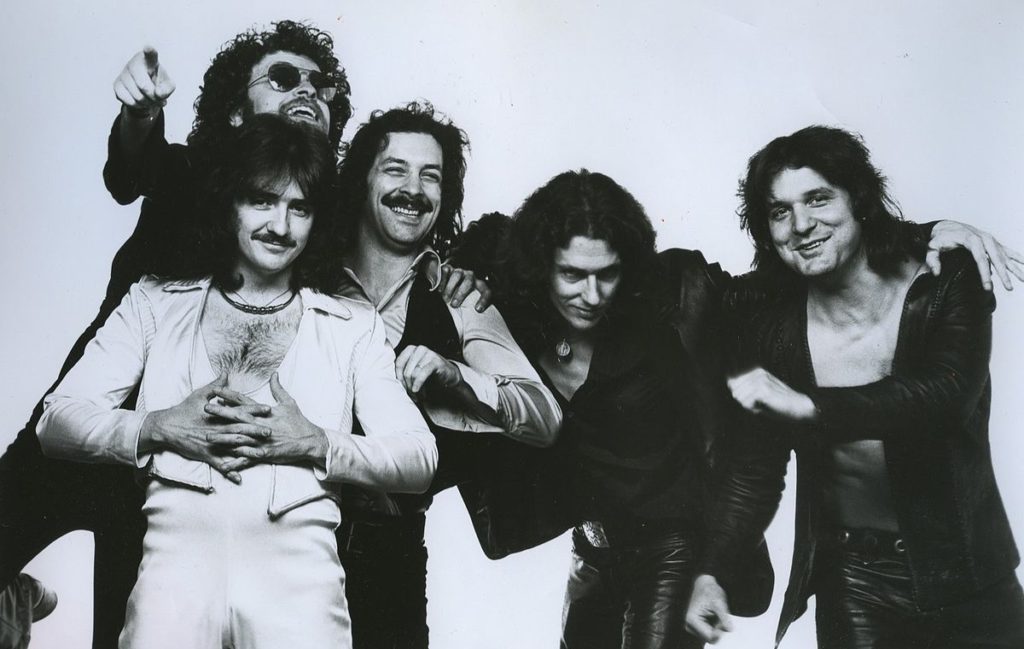
If you’re seeking rock that challenges your brain while pummeling your ears, Blue Öyster Cult mastered this balance since 1967. Initially forming as Soft White Underbelly before adopting their iconic name in 1971, they married intellectual depth with gut-punch riffs, transforming hard rock by infusing it with literary references and cosmic horror themes.
“(Don’t Fear) The Reaper” might be their cultural touchstone (yes, the one that needed more cowbell), but tracks like “Godzilla” revealed their ability to wrap complex ideas in radio-friendly packages. Their theatrical performances influenced everyone from Metallica to Ghost. BÖC approached rock like chess players in a checkers tournament, thinking several moves ahead.
7. Montrose: America’s Answer to Led Zeppelin
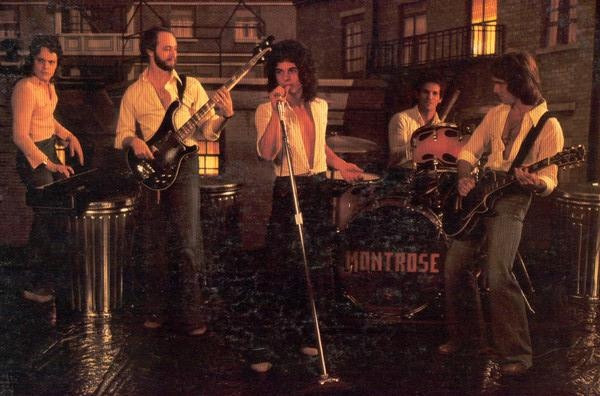
Power over polish became the new production philosophy when Ronnie Montrose assembled his eponymous band in 1973. With young Sammy Hagar on vocals, Montrose operated like a precision instrument, creating American hard rock’s missing link between blues-based rock and the harder sounds emerging from both coasts.
Montrose’s self-titled debut documents how 1970s rock evolved into harder sounds that would dominate the following decade. Eddie Van Halen studied Ronnie’s techniques religiously, while bands from Mötley Crüe to Metallica absorbed their production approach that prioritized power over polish. Their influence spreads like a family tree through multiple generations of rock acts.
6. Humble Pie: Rock’s Original Supergroup
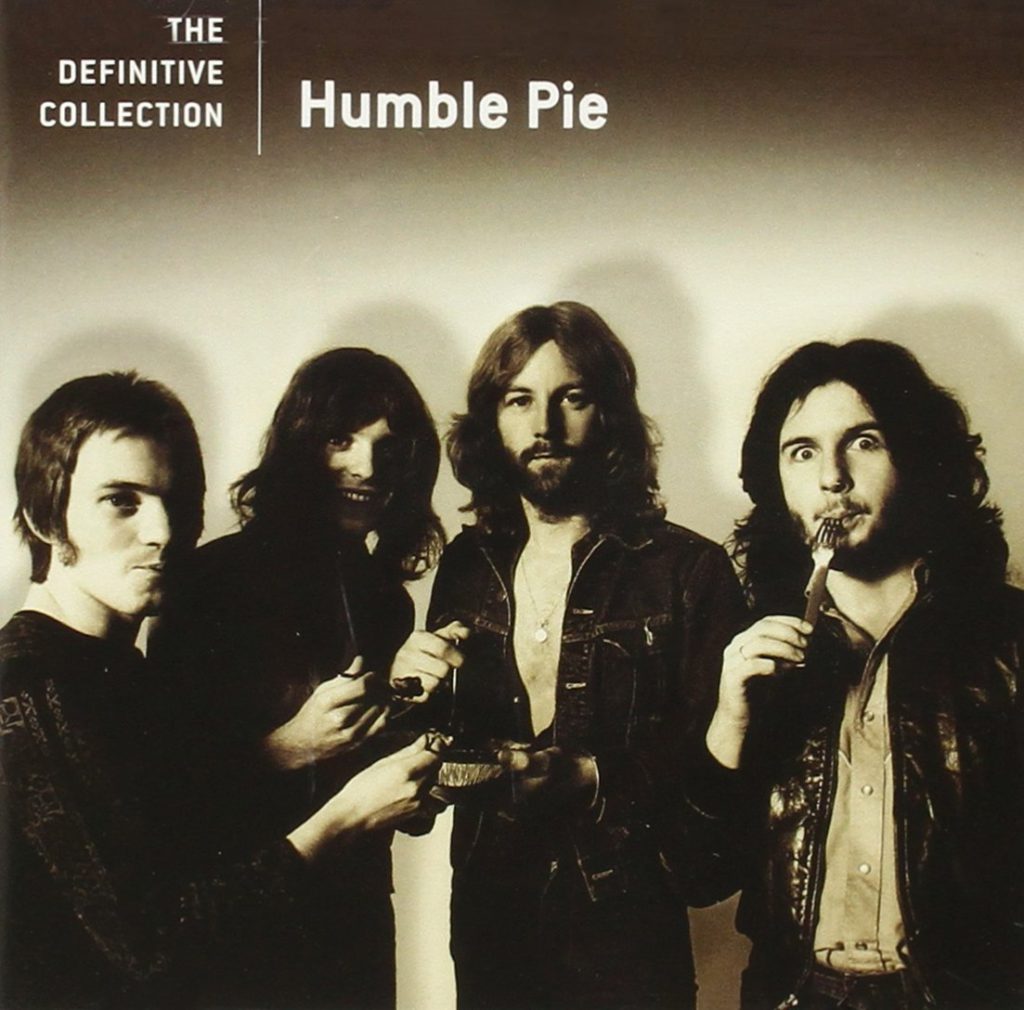
Authentic electricity crackles through every note when Steve Marriott and Peter Frampton united in 1969. Humble Pie delivered rock in its purest form, fusing blues, soul, and hard rock into something that hit like a sledgehammer wrapped in velvet while maintaining authenticity that couldn’t be manufactured.
Their 1971 live album “Performance: Rockin’ the Fillmore” delivers what most studio bands spend careers trying to manufacture—raw power that leaps from the speakers. “30 Days in the Hole” showcases their ability to make blues-rock feel dangerous again when the genre was becoming predictable. Their influence permeates southern rock, working-class anthems, and countless bands who learned that volume without soul equals mere noise.
5. Wishbone Ash: Harmony Guitar Pioneers

Twin lead guitars needed revolutionary architects, and Wishbone Ash designed the blueprint after forming in 1969. This British outfit developed a harmonic language between instruments that transformed how bands approached composition, creating entirely new sonic possibilities that influenced everyone from Thin Lizzy to Iron Maiden.
Albums like “Argus” and “There’s the Rub” showcase their ability to create intricate musical conversations between instruments while maintaining emotional resonance. Founder Andy Powell’s five-decade commitment has preserved their legacy through countless lineup changes and musical trends. Their approach to guitar harmonies became so influential that we sometimes forget who invented the dialect, their innovations now considered standard practice rather than groundbreaking experimentation.
4. Rick Derringer: Rock’s Swiss Army Knife
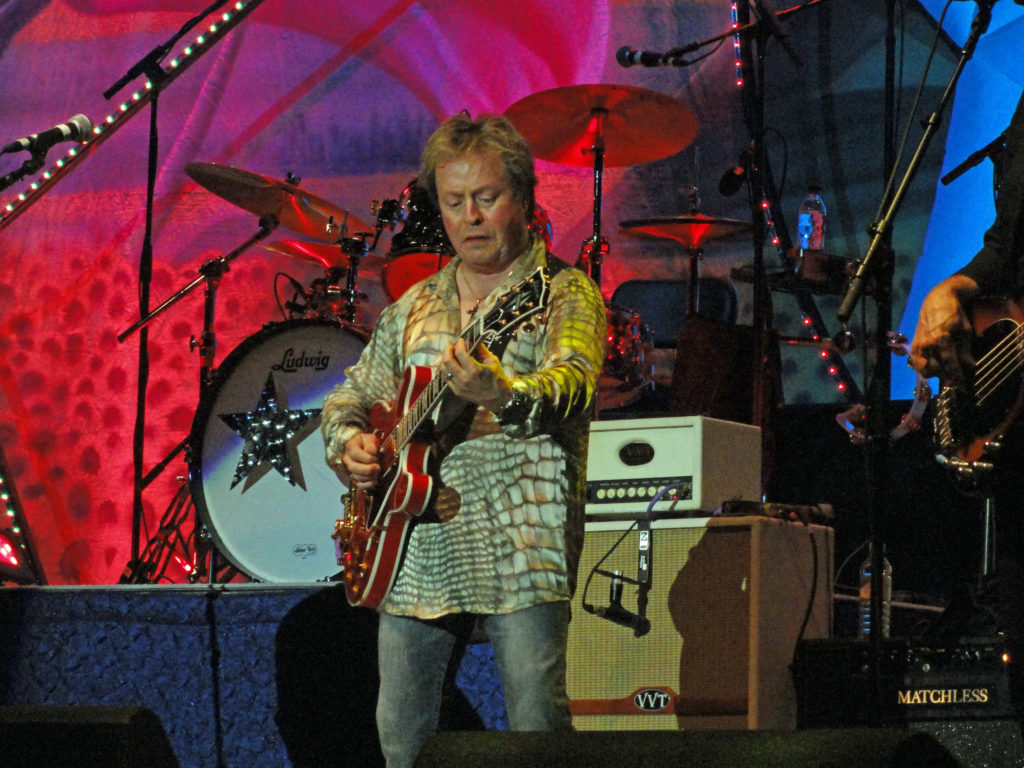
Versatility trumps specialization in Rick Derringer’s remarkable career spanning both sides of the studio glass. Born Richard Zehringer, he journeyed from teenage pop star with The McCoys’ “Hang on Sloopy” to rock guitar hero, excelling as performer and producer with equal skill in an industry that typically demands choosing one path.
His composition “Rock and Roll, Hoochie Koo” became his signature calling card, but his production work on Edgar Winter’s “Frankenstein” revealed his broader talents. His collaborative spirit led to work with artists ranging from Steely Dan to “Weird Al” Yankovic. He somehow remained present at countless pivotal moments in rock history while maintaining a relatively low profile, influencing far more than his mainstream recognition suggests.
3. Budgie: Heavy Metal’s Welsh Forefathers
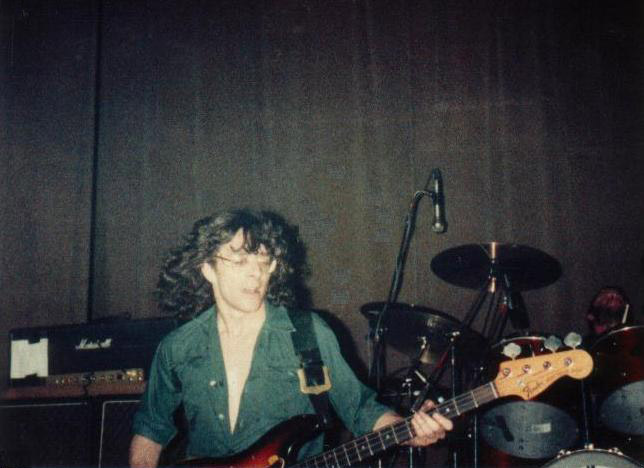
Heavy metal needed pioneers before it even had a name, and Budgie delivered the blueprints. This Welsh power trio operated like musical metallurgists, with Burke Shelley, Tony Bourge and Ray Phillips creating something simultaneously crushing and sophisticated since 1967, proving that heavy riffs could coexist with musical complexity.
Budgie’s self-titled 1971 debut laid essential groundwork for metal’s evolution, while 1973’s “Never Turn Your Back on a Friend” contained blueprints that bands from Metallica to Soundgarden would later study. Their approach to dynamics—contrasting crushing heaviness with delicate introspection—helped define metal’s emotional range beyond simple aggression. They remain the quintessential musician’s band, more likely to be cited as influences by famous guitarists than recognized by casual fans.
2. The Guess Who: Canada’s Rock Revolutionaries
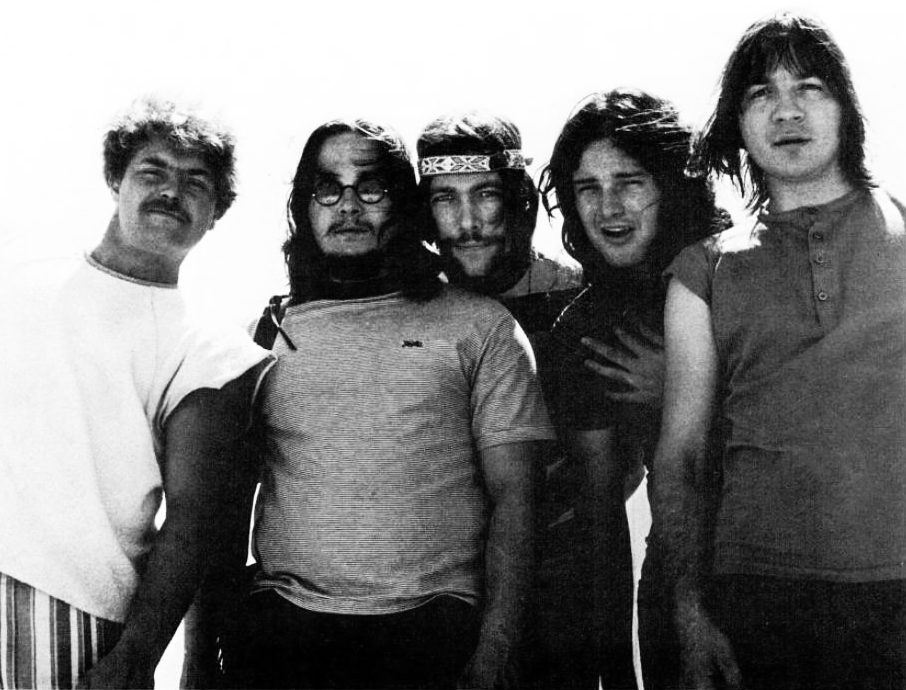
Ten albums in one decade proves unstoppable creative momentum, which The Guess Who maintained throughout the 1970s while many contemporaries stalled out. This Canadian powerhouse proved that accessibility and innovation could coexist, crafting songs that worked on AM radio and in concert halls while addressing social issues.
Their chart-topping “American Woman” might be their calling card, but albums like “Share the Land” revealed a band constantly pushing boundaries. Burton Cummings’ vocal versatility and Randy Bachman’s innovative guitar work created something simultaneously commercial and progressive. They paved the way for countless bands who wanted substance with their style, proving rock could be both entertaining and enlightening.
1. Uriah Heep: The Forgotten Progressive Powerhouse
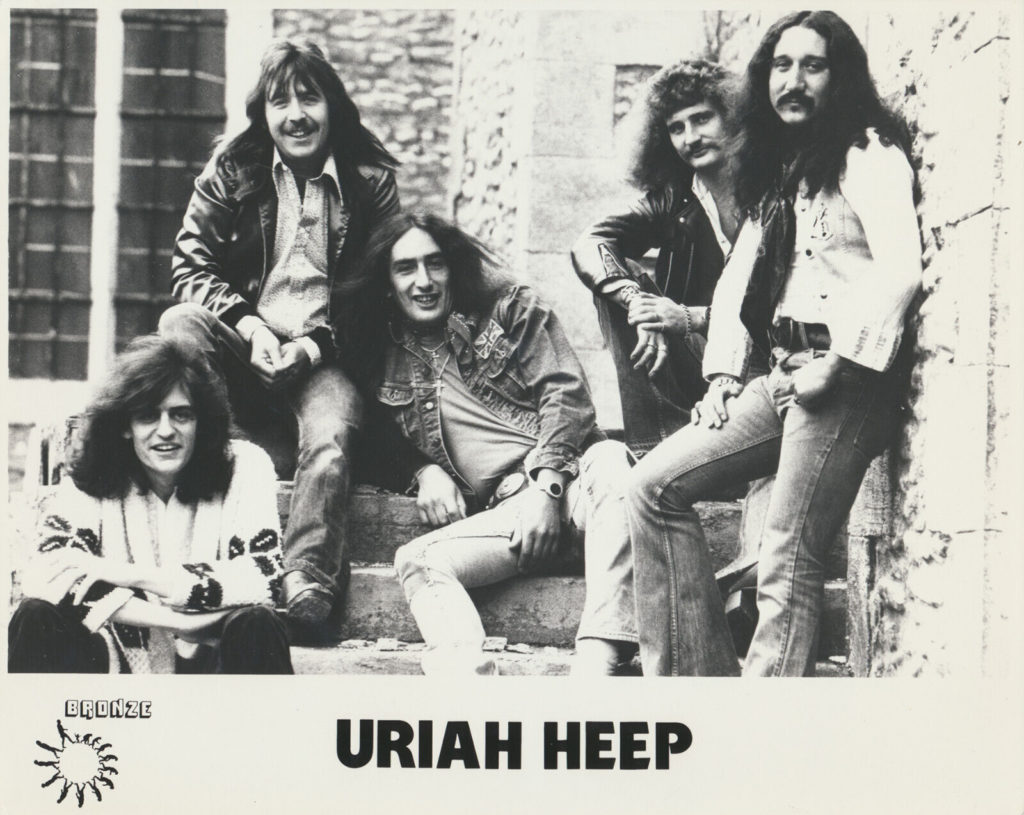
Fantasy metal needed credibility, and Uriah Heep delivered it decades before dragons became metal mascots. Formed in 1969, they created musical architecture that defied gravity—heavy as concrete yet somehow soaring through celestial realms, building sonic cathedrals where thunderous guitar riffs coexisted with angelic five-part harmonies.
Uriah Heep’s keyboard-forward approach on albums like “Demons and Wizards” created a progressive template for countless bands. While casual listeners might recognize “Easy Livin’” or “Lady in Black,” their true legacy lives in progressive and symphonic metal acts like Mastodon and Opeth.





